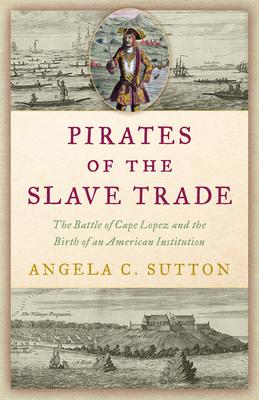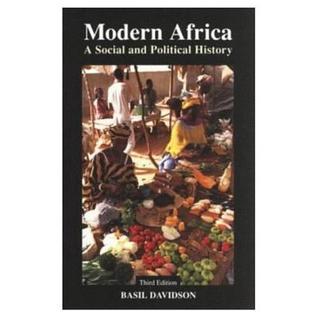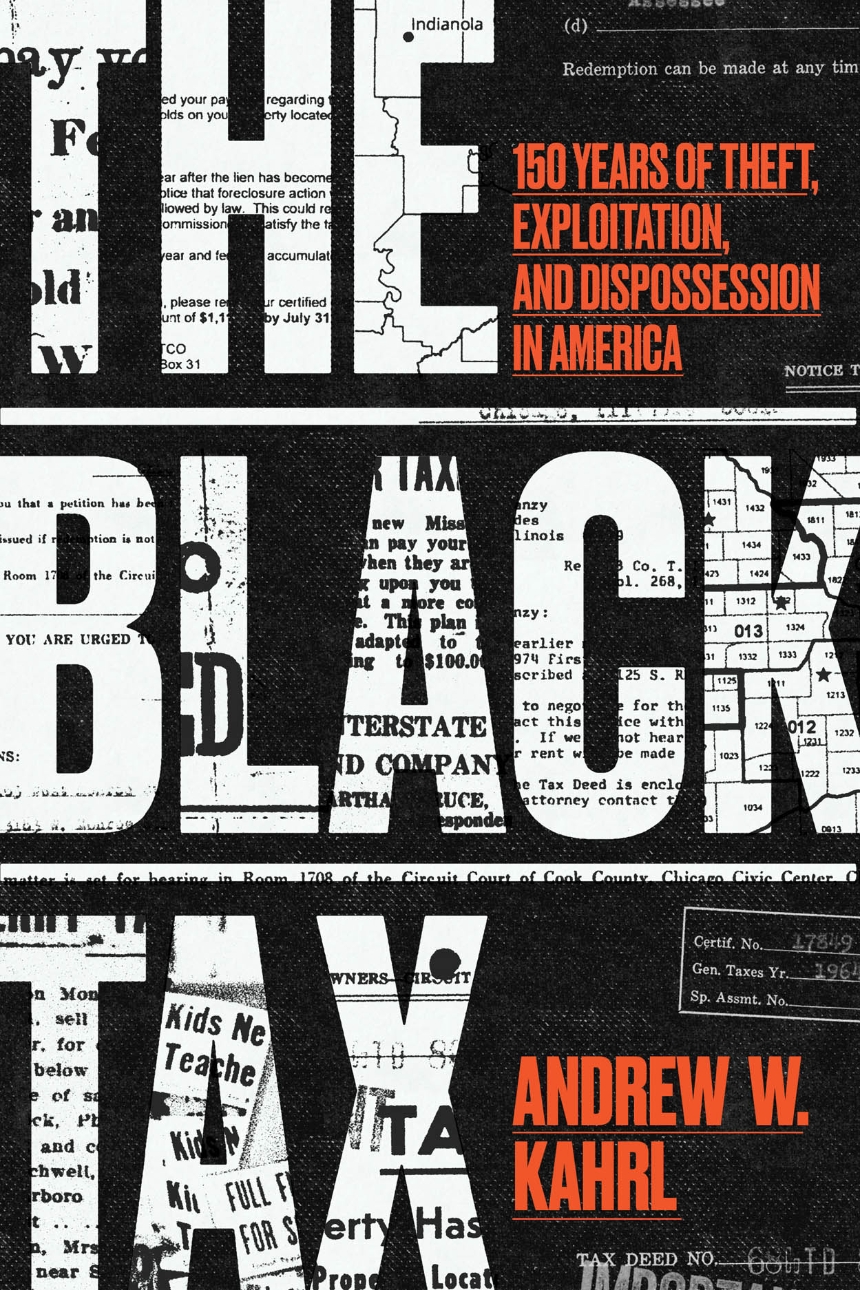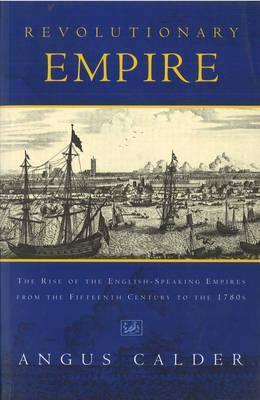
The Making of New World Slavery: From the Baroque to the Modern 1492-1800
Book Description
A world built on the backs of oppressed souls ignites a fierce clash of power, greed, and morality. In "The Making of New World Slavery," Robin Blackburn takes readers on a breathtaking journey through the transformative era from 1492 to 1800, unveiling the brutal mechanics of slavery that fueled empires and reshaped continents. With vivid portrayals of resistance, exploitation, and the indomitable human spirit, this gripping account reveals how the echoes of the past still resonate today. As the tide of history turns, how will the legacies of oppression shape the world that follows?
Quick Book Summary
"The Making of New World Slavery" by Robin Blackburn traces the rise, entrenchment, and evolution of chattel slavery in the Americas between 1492 and 1800. Blackburn examines how economic demands, colonial ambitions, and emerging capitalist systems fused to create an unparalleled regime of racial exploitation. He reveals that slavery was not an accidental outcome but a deliberate system backed by European powers, ideologies, and technological advancements. The book highlights the intersection of race, economics, and colonial policy, showing how plantations, driven by sugar and other cash crops, depended on forced labor. Blackburn also details acts of resistance by enslaved people, debates on morality, and the growing abolitionist sentiment. Ultimately, he argues that the legacy of New World slavery is deeply interwoven with the birth of the modern world, leaving enduring inequalities and ideological conflicts that continue to shape societies.
Summary of Key Ideas
Table of Contents
The Economic Foundations and Profit Motives of Slavery
Blackburn begins by illustrating the pivotal economic role that slavery played in fueling European expansion and global capitalism from the 16th to the eighteenth century. The demand for sugar, tobacco, and cotton incentivized the establishment of vast plantation economies in the Americas. European financial institutions, mercantile organizations, and colonial governments invested heavily in both the transatlantic slave trade and the infrastructure supporting slave-based production. Through detailed case studies, Blackburn demonstrates how profit motives consistently trumped moral considerations among colonizers and entrepreneurs.
Formation and Enforcement of Racial Ideologies
Racial hierarchies were constructed to rationalize and institutionalize the oppression of African and Indigenous peoples. Blackburn traces the origins and spread of racial ideologies, explaining how pseudo-scientific belief systems and legal codes defined Blackness as a mark of servitude. Religious, philosophical, and legal justifications for perpetual slavery became embedded in colonial societies, shaping attitudes toward race and perpetuating a system of inherited, chattel slavery distinct from earlier forms of servitude in Europe and the ancient world.
Colonial Expansion and the Atlantic Slave Trade
The book delves into the mechanics and cruelty of the Atlantic slave trade. Colonial empires—particularly the Spanish, British, Portuguese, and French—built powerful navies and complex trading networks to transport millions of Africans across the ocean under brutal conditions. Blackburn explores both the role of African intermediaries and the deadly logistics of the Middle Passage. European states competed and collaborated to maximize economic gains through treaties, conquest, and the enforcement of “slave codes,” entrenching slavery as the lynchpin of colonial wealth.
Resistance, Rebellion, and the Role of Agency
Despite pervasive repression, enslaved people actively resisted their status through rebellion, sabotage, flight, and the preservation of cultural identities. Blackburn profiles major revolts, maroon communities, and acts of everyday resistance, highlighting how agency and solidarity challenged the slave system. Over time, opposition from enslaved people, abolitionist movements, and changing economic interests began to undermine the ideological and practical foundations of slavery.
Long-term Legacies and the Evolution of Slavery
In its final analysis, Blackburn connects the world built by New World slavery to continuing legacies of racial inequality, economic disparity, and cultural transformation. He argues that the structures and ideologies formulated during this period set patterns that extend into modern times. The book concludes that understanding the economic, intellectual, and moral dimensions of slavery’s creation and maintenance is critical to comprehending contemporary struggles over race, justice, and memory.
Download This Summary
Get a free PDF of this summary instantly — no email required.





